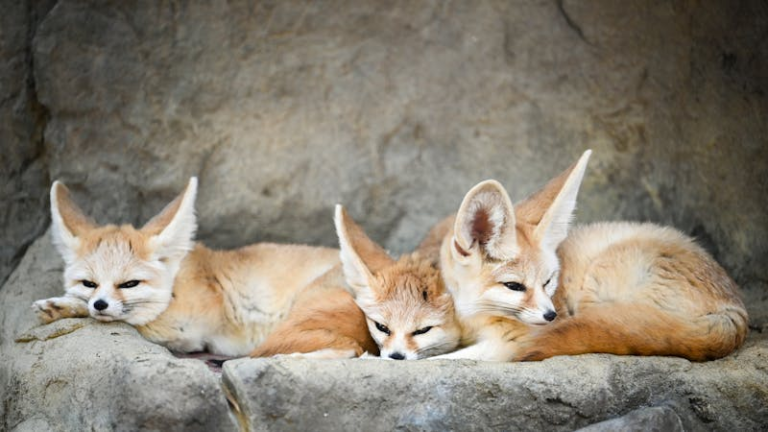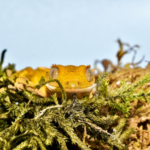Introduction:
Foxes, with their striking beauty and enigmatic nature, have long fascinated humans. Whether depicted in folklore or admired in the wild, these cunning creatures have left an indelible mark on our collective imagination. One question that often arises is, “What do foxes eat?” In this article, we delve into the dietary habits of foxes, shedding light on their culinary preferences and feeding behaviors.
Understanding the Diet of Foxes:
Foxes are opportunistic omnivores, meaning they have a varied diet consisting of both plant and animal matter. Their diet largely depends on factors such as their habitat, prey availability, and seasonal variations. Let’s take a closer look at what comprises a typical fox’s menu:

1. Small Mammals:
Foxes are skilled hunters and readily prey upon small mammals such as mice, voles, rabbits, and squirrels. Their keen sense of hearing and smell enables them to locate prey even in dense vegetation or beneath snow cover.
2. Birds:
Birds also feature prominently in a fox’s diet. They may hunt ground-nesting birds such as quail, pheasants, and grouse, as well as raid nests for eggs and young chicks. Interestingly, the mention of birds might intrigue readers interested in cockatiels or hummingbirds, showcasing the diverse avian connections in nature.
3. Insects and Invertebrates:
Insects and invertebrates serve as valuable protein sources for foxes, especially during warmer months when these prey items are abundant. They may consume beetles, grasshoppers, earthworms, and even the occasional spider.
4. Fruits and Vegetables:
Contrary to popular belief, foxes also incorporate fruits and vegetables into their diet, particularly during certain times of the year. They may consume berries, apples, and other fruits, as well as forage for roots and tubers.
5. Carrion:
Foxes are scavengers by nature and will readily feed on carrion, or the carcasses of dead animals. This behavior allows them to capitalize on available resources and minimize the energy expended in hunting.
Special Mention: Fennec Foxes:
While discussing foxes, it’s impossible to overlook the enchanting Fennec fox. Found in the deserts of North Africa, the Fennec fox has adapted to its arid environment and primarily feeds on insects, small rodents, and desert vegetation.

Conclusion:
In conclusion, foxes exhibit remarkable dietary flexibility, allowing them to thrive in a variety of habitats across the globe. From hunting small mammals and birds to scavenging for carrion and foraging for fruits and vegetables, foxes employ a diverse array of feeding strategies to meet their nutritional needs. By understanding what foxes eat, we gain valuable insights into the intricate web of life and the interconnectedness of species in the natural world.


